What’s the Buzz
The Bee Healthy Blog
What to Do for a Scratched Cornea?
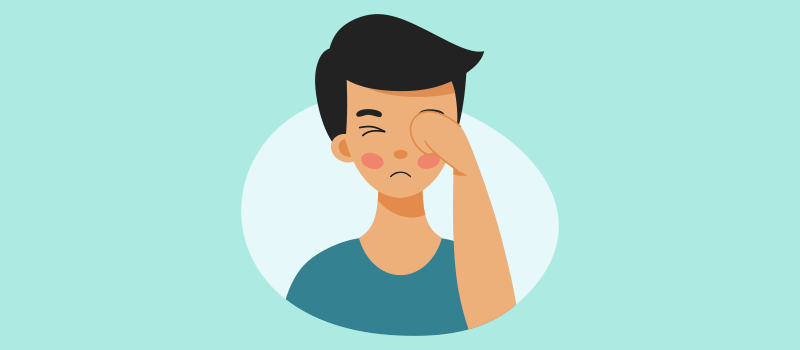
The cornea is the clear, protective outermost layer in the front of the eye through which we see. Sometimes, the corneal epithelium can become scratched, scraped, or cut. This is called a corneal abrasion. Please keep reading to find out what causes corneal abrasions and what to do if you have a corneal scratch.
What are corneal abrasions?
Corneal abrasions are injuries of the cornea. Minor abrasions of the cornea are not serious and usually heal on their own within a few days. Deeper injuries can cause scarring of the cornea and vision problems. Sometimes, corneal abrasions can become infected. That’s why it’s important to have an eye doctor examine you if you think you have a corneal abrasion. Your doctor may prescribe antibiotic eye drops or ointment if you have signs and symptoms of an infection.
What causes a corneal abrasion?
A corneal abrasion can happen in an instant, for example, when:
- Something like dust or sand gets trapped under your eyelid
- You get a splinter or a chemical in your eye
- Your eye gets poked with a fingernail, makeup brush, tree branch, etc.
- You’re wearing poorly fitting contact lenses, or you overwear contacts
- You rub the surface of your eye directly when putting your contacts in
- You’re not wearing proper eye protection while playing sports
What are the symptoms of corneal scratches?
Even a small injury or minor scratch to the cornea can cause severe eye pain because the cornea has many nerve endings. Besides pain, other symptoms of corneal abrasions may include blurred vision, grittiness (feeling like there’s something in your eye), redness, watery eyes, sensitivity to light, and headache.
How are corneal abrasions diagnosed?
Eye doctors can diagnose corneal abrasions or eye scratches by examining your eye with a slit lamp. Your healthcare provider may give you eye drops to widen your pupil and relax your eye muscles before the eye exam. They may use fluorescein drops to highlight any imperfections on the corneal surface. You may receive an anesthetic to temporarily reduce pain during the eye exam.
How are corneal abrasions treated?
Most corneal abrasions heal on their own in a few days. Your doctor may prescribe antibiotic eyedrops to reduce the risk of infection. Other treatments for corneal abrasions can include:
- Wearing an eye patch on the injured eye to prevent worsening of the injury from excessive blinking.
- Using moisturizing eye drops to soothe the cornea.
- Applying medicated eye drops to reduce inflammation and pain.
- Wearing a special contact lens to speed up healing.
- Taking pain relievers to reduce discomfort.
- Topical antibiotics may be used.
How do you soothe a scratched eye?
You can do several things in terms of first aid to reduce discomfort from a scratched eye. First, you should rinse your eye with a sterile saline solution or clean water. Next, you can try blinking several times, as this may help dislodge small particles from your eye. You can also try pulling your upper eyelid down over your lower eyelid. This causes tearing and may help to wash out any particles lodged in your eye. The lashes on your lower eyelid may brush the particles away from under your upper eyelid.
You should avoid rubbing your eye because this can make the injury worse. If you wear contact lenses, do not use them while your eye heals. Do not use anything like tweezers or cotton swabs to try and remove a visible foreign object from your eye. Go to your eye doctor or the emergency room if there is an object stuck in your eye.
Can a scratched cornea heal on its own?
A scratched cornea can heal on its own if the injury is minor. However, you should be evaluated and treated by a healthcare provider because deeper corneal injuries may need to be treated with antibiotic eye drops or other measures to prevent corneal disease.
How long does it take for a scratched cornea to heal?
Small corneal abrasions usually heal in 1-2 days, while larger ones can take up to a week to heal.
When to see an eye doctor for corneal injuries?
You should go to your eye doctor or the emergency room if you have:
- Severe eye pain
- Very red eyes
- Excessive watering
- Changes in vision
- Blurry vision
- Extreme light sensitivity
- An object stuck in your eye
- A feeling like there’s something in your eye, but you can’t find anything
- A serious eye injury like direct, blunt force trauma to the eye
How to prevent corneal injuries?
According to the National Eye Institute, the best way to prevent corneal injuries and infections is to wear protective eyewear while playing contact sports and safety goggles when using machines and chemicals or doing yard work or repairs around the home. Also, pay attention when putting on eye makeup. People who wear contact lenses should carefully follow the instructions to clean, disinfect, and store their lenses. Lastly, the fingernails of babies and children should be kept clipped short to prevent corneal injuries.
References:


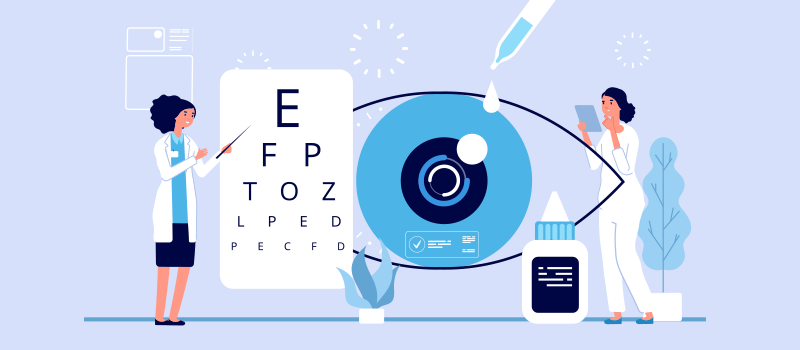

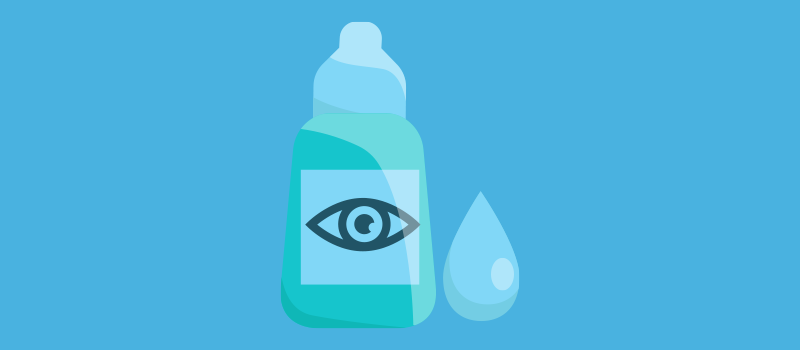

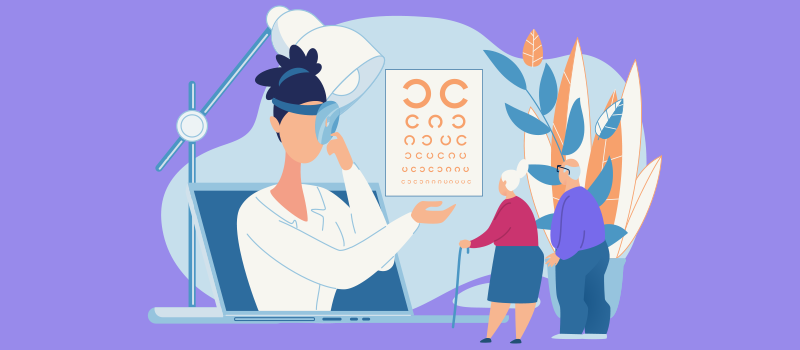


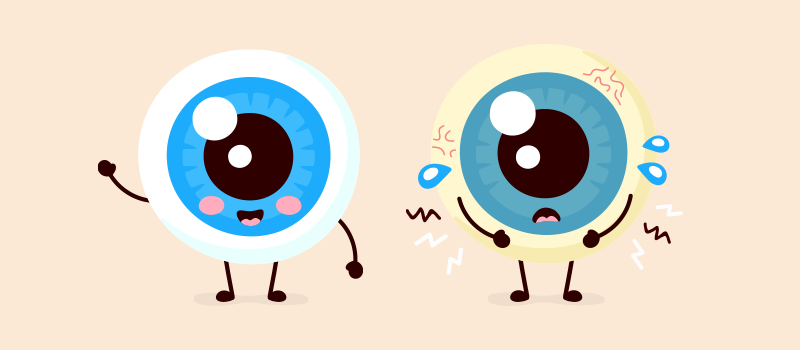

SOCIAL